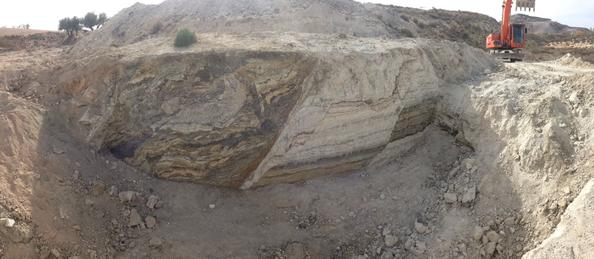Structural geology is the study of tectonic deformation. We focus on the deformation of the upper crust and how it affects erosion and sedimentation in sedimentary basins, forms faults and folds that compartmentalize reservoirs, and makes ductile materials, such as salt, flow.

Tectonics and sedimentation
We focus on understanding the tectonic controls of basin fill by integrating outcrop studies, interpretation of subsurface data, geomodeling, and process modeling. Rift basins (e.g. Gulf of Corinth), fold and thrust belts (e.g. Niger Delta toe), strike-slip basins (e.g. northern South America), and salt-bearing basins (e.g. Nordkapp basin) are the subjects of study.
Faults
Although their volumetric contribution is low, faults are very important because they control fluid flow in the upper crust. We try to understand the expression of faults and their impact at different scales (cm to km), by integrating outcrop geological and geophysical studies and subsurface seismic interpretation.
Structural uncertainty
We try to evaluate the uncertainty of structures in the subsurface by integrating structural modeling (mainly kinematic), uncertainty modeling, and stochastic structural inversions. Our aim is to develop a less deterministic structural modeling framework that acknowledges geological uncertainty.
Salt tectonics
Salt is a ductile material that moves because of different processes such as sedimentation and faulting. We integrate subsurface interpretation, structural restorations, numerical and analogue modeling, as well as basin (thermal modeling) to understand how salt affects sedimentary basins and their petroleum system.